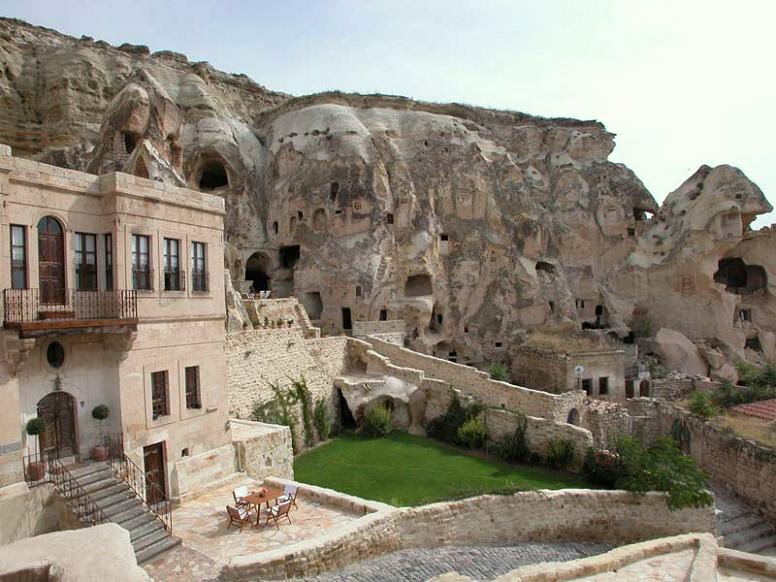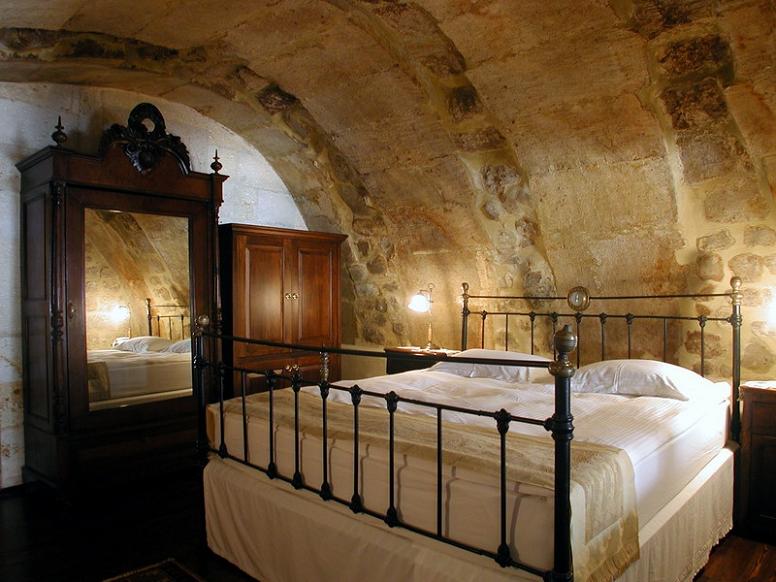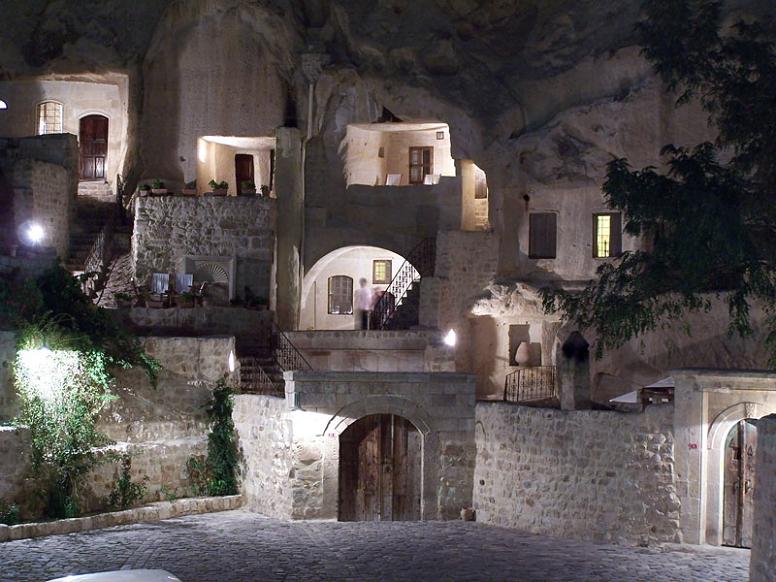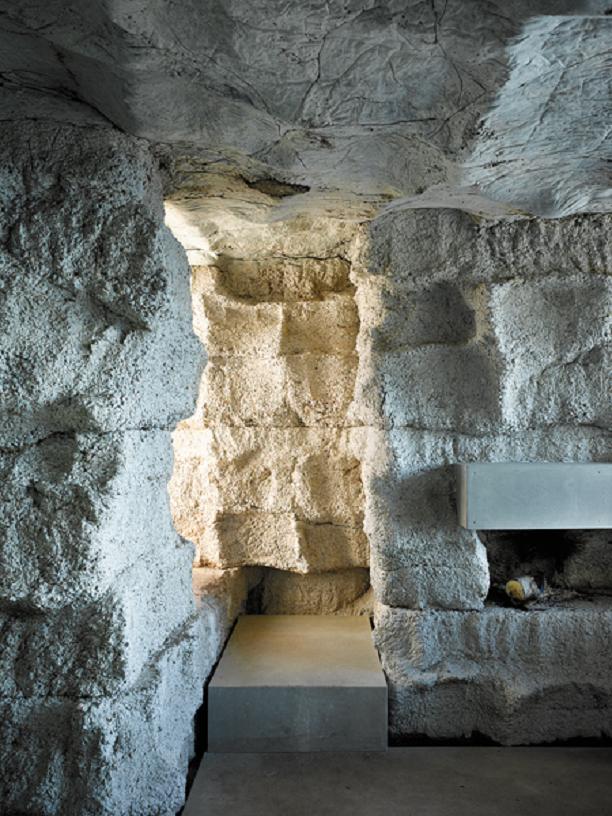 In 1959 Marcel Breuer created a spectacularly long, low house of Maryland fieldstone in a wooded sanctuary outside of Baltimore. Known as Hooper House II, it features the "binuclear" concept of a central courtyard that separates public areas (living, dining, kitchen) from private spaces (six bedrooms and a family room). Hooper II is stringent Bauhaus; a masterful demarcation of taut planes and open plans using local, natural materials.
In 1959 Marcel Breuer created a spectacularly long, low house of Maryland fieldstone in a wooded sanctuary outside of Baltimore. Known as Hooper House II, it features the "binuclear" concept of a central courtyard that separates public areas (living, dining, kitchen) from private spaces (six bedrooms and a family room). Hooper II is stringent Bauhaus; a masterful demarcation of taut planes and open plans using local, natural materials.Dwell: Hooper House II
Hooper House II
Classic Courtyard House
Casa Hooper
Arch In Form
Going Beyond the Bauhaus

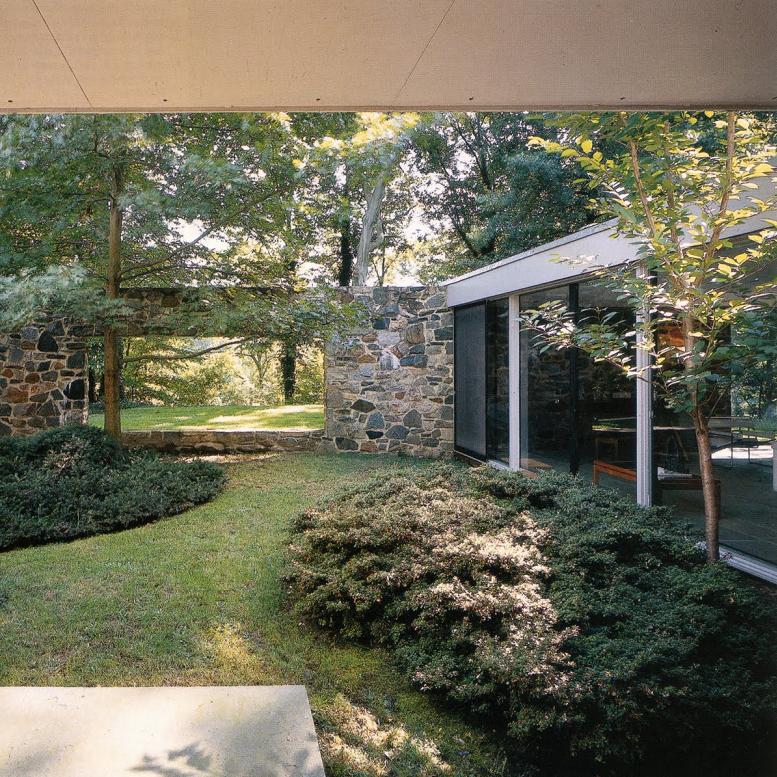
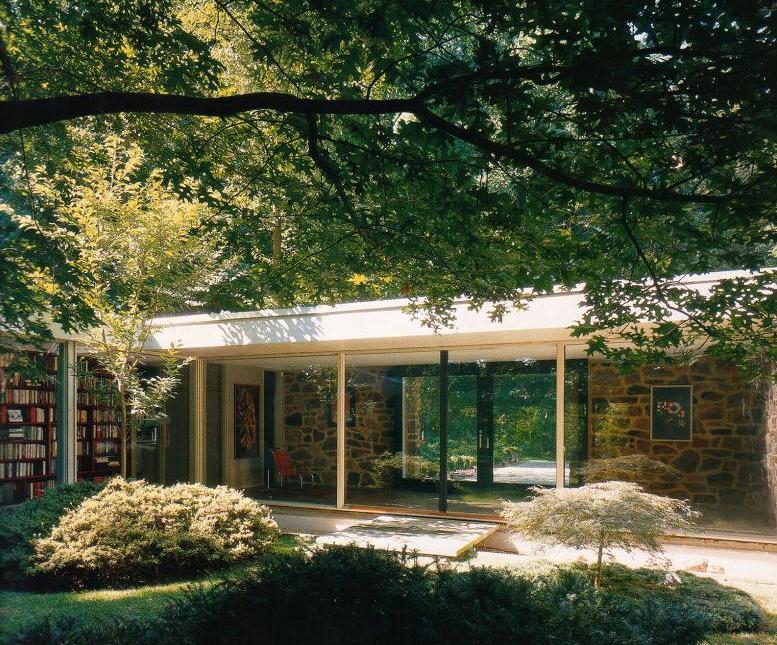

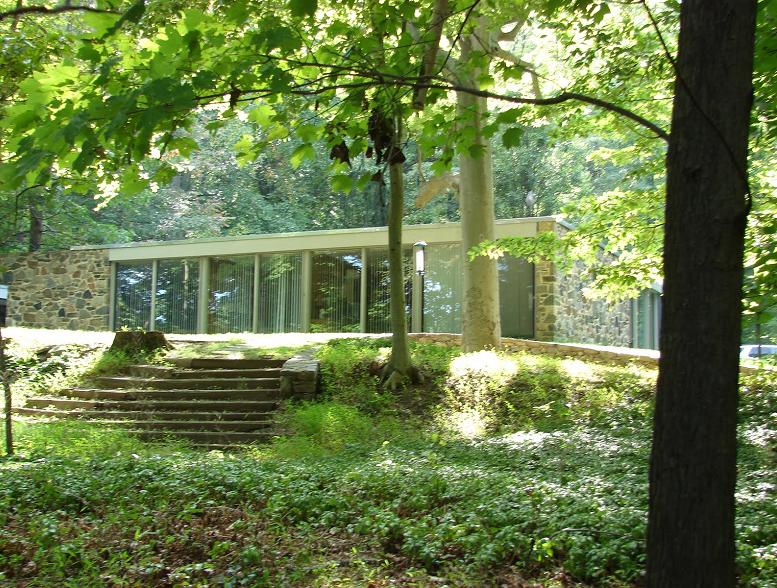
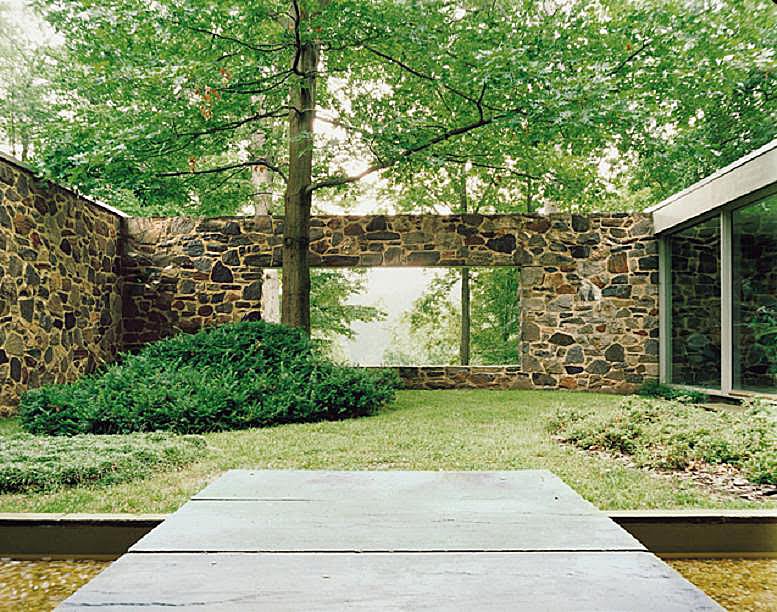
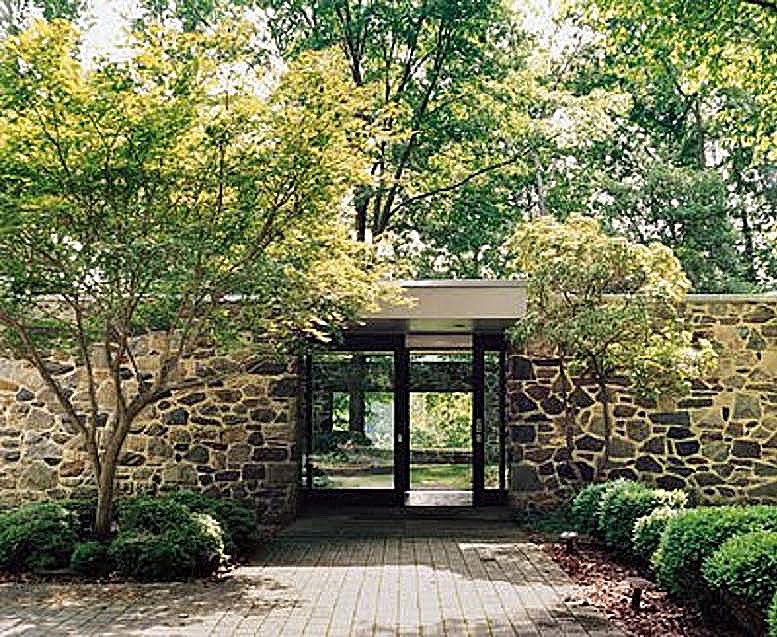


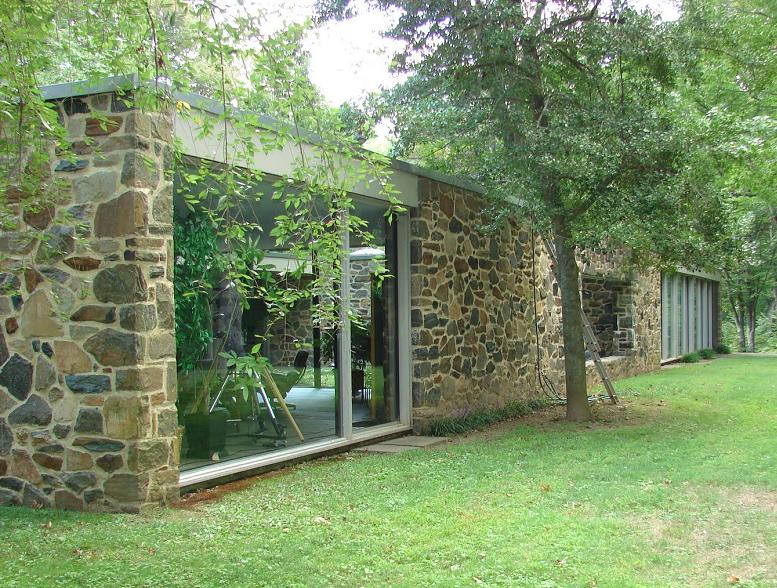
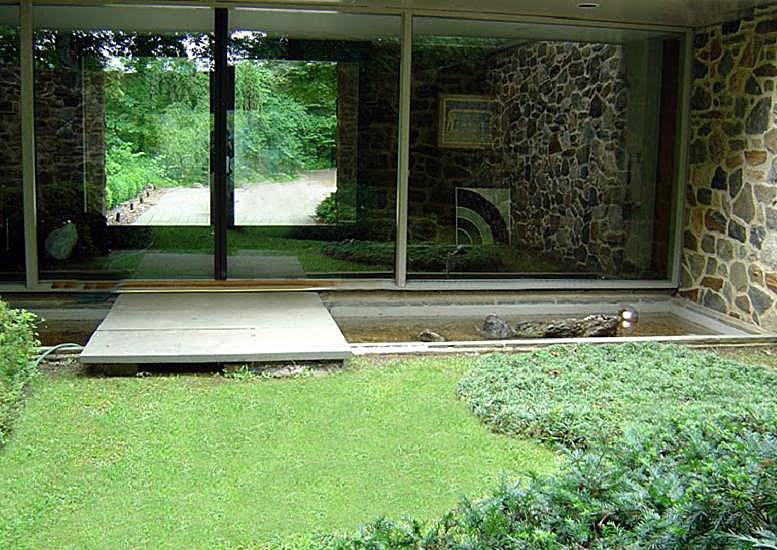




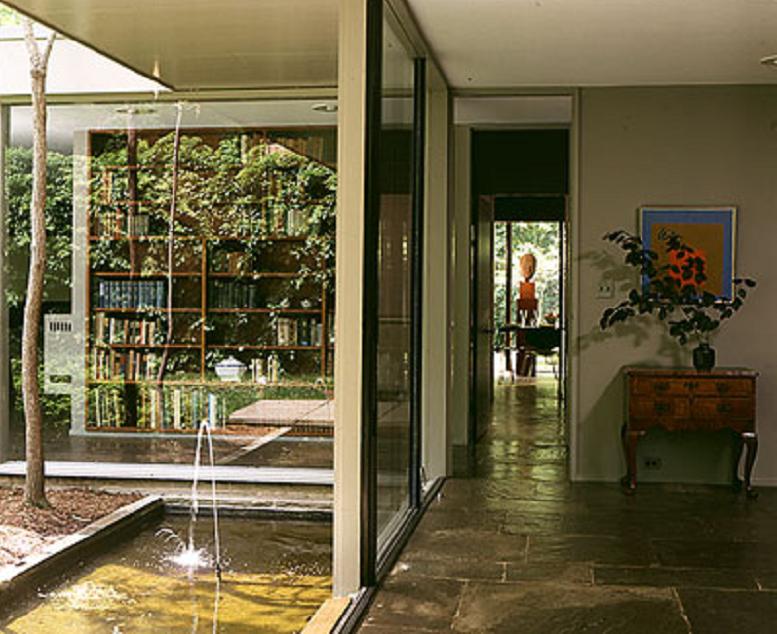









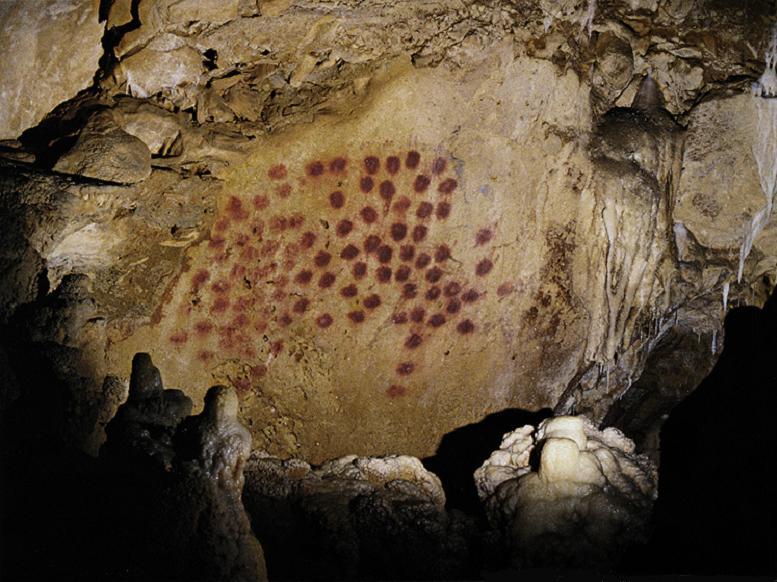



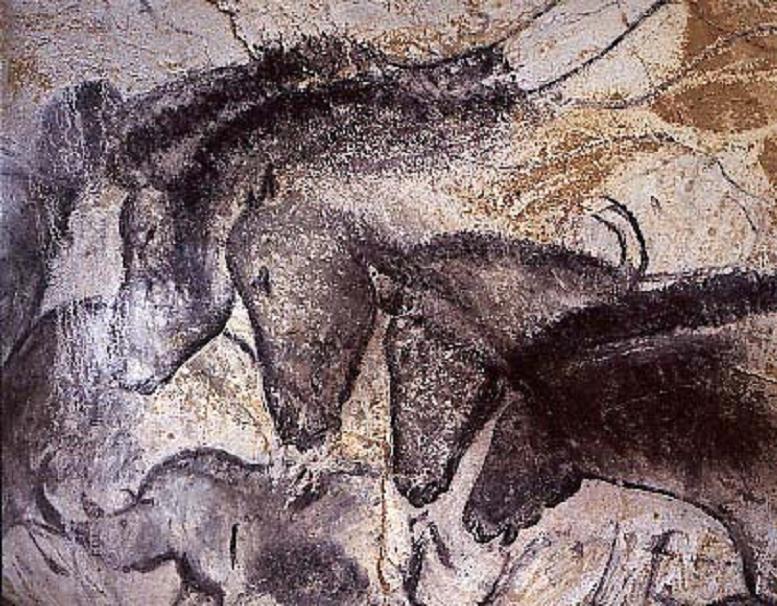
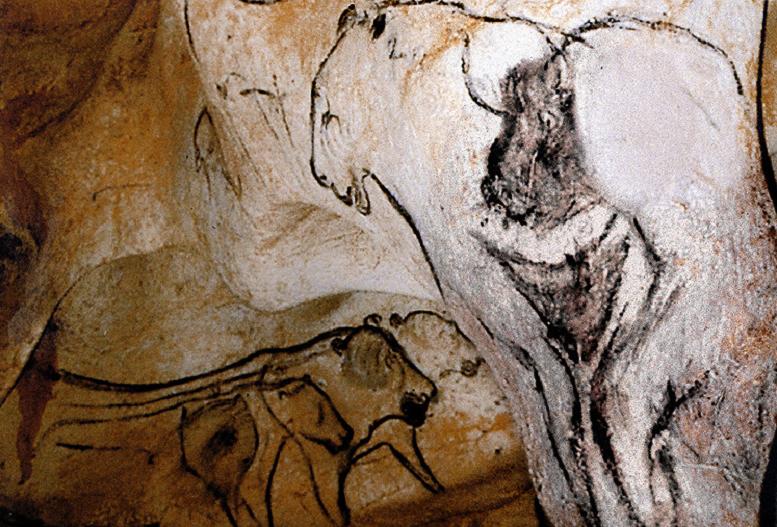




 For millions of years, mighty volcanoes erupted and spewed their contents across the land that would become the cradle of civilization. East of Istanbul, beyond Ankara, lies the moonscaped land of Cappadocia. Centuries of winds and floods eroded the sandstone and volcanic tufa into whimsical shapes which the native people carved into shelters. Many of these troglodyte dwellings are still inhabited and some have been turned into hotels. One of the most fanciful of these is Yunak Evlieri. Whittled right into a mountain, accessible only by narrow winding passageways and steps, this hotel includes a 19th century Greek mansion, six cave houses, and 30 chambers dating all the way back to the 5th and 6th centuries. Astonishing.
For millions of years, mighty volcanoes erupted and spewed their contents across the land that would become the cradle of civilization. East of Istanbul, beyond Ankara, lies the moonscaped land of Cappadocia. Centuries of winds and floods eroded the sandstone and volcanic tufa into whimsical shapes which the native people carved into shelters. Many of these troglodyte dwellings are still inhabited and some have been turned into hotels. One of the most fanciful of these is Yunak Evlieri. Whittled right into a mountain, accessible only by narrow winding passageways and steps, this hotel includes a 19th century Greek mansion, six cave houses, and 30 chambers dating all the way back to the 5th and 6th centuries. Astonishing.